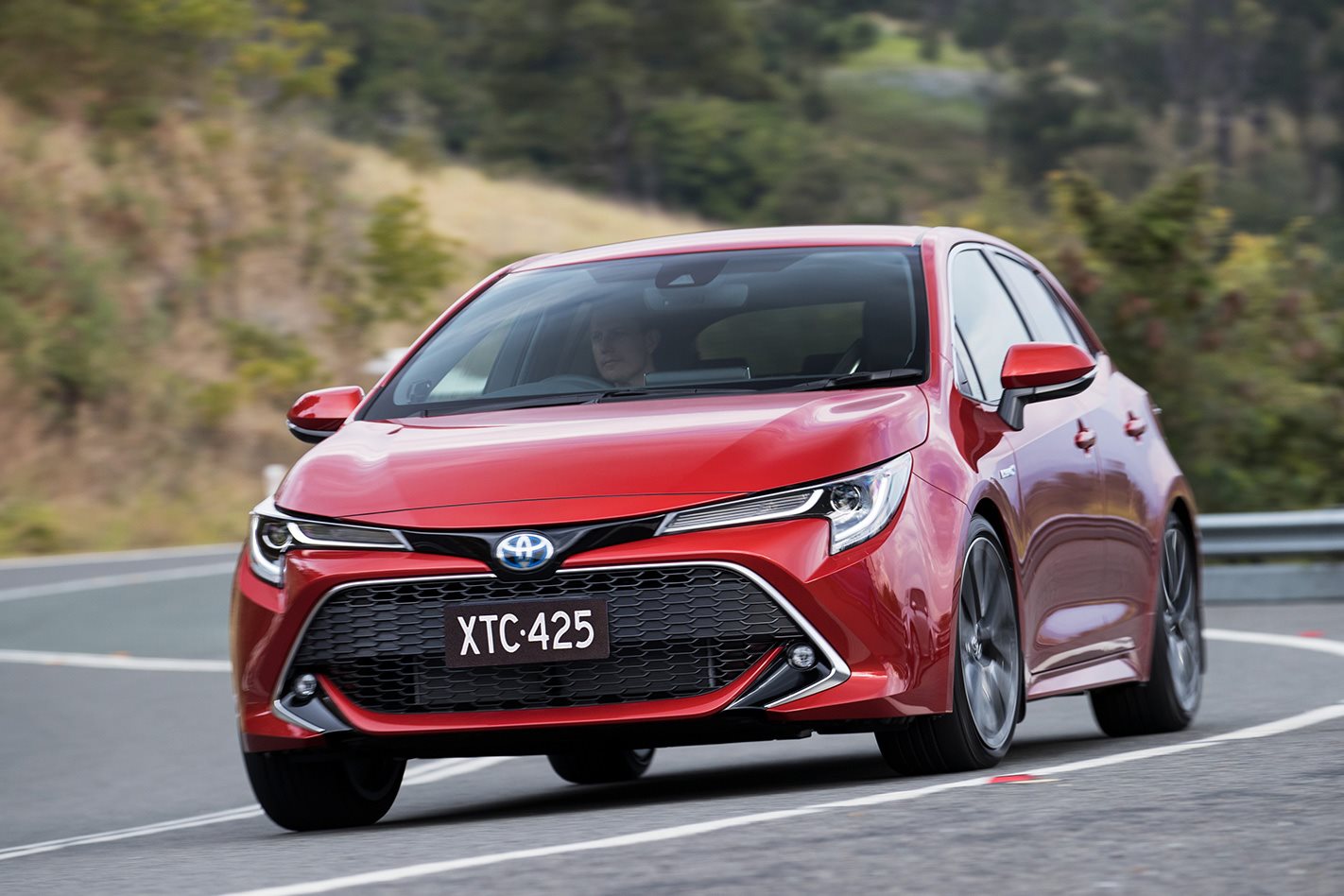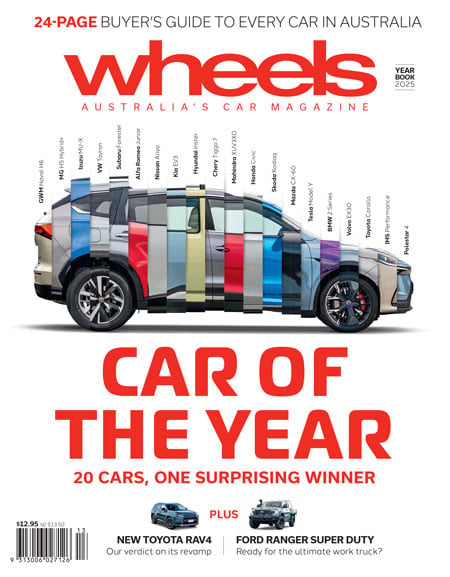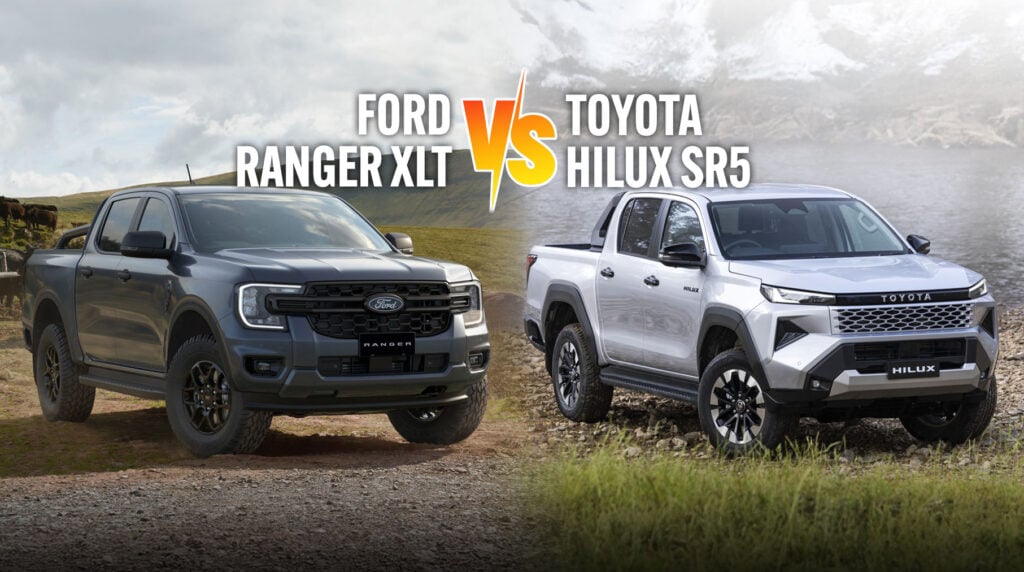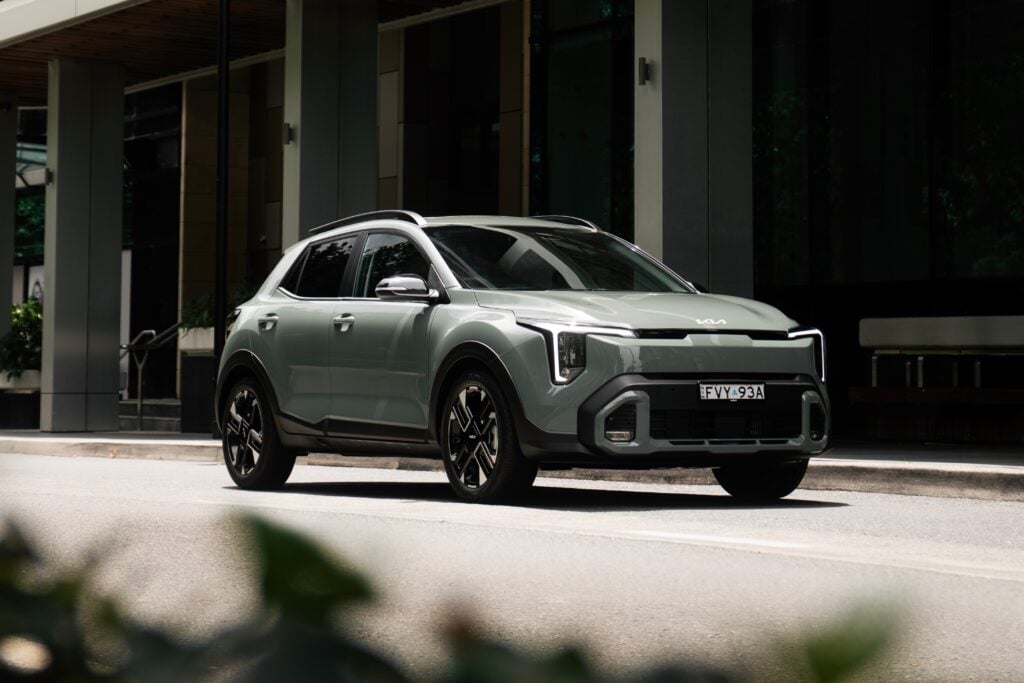WHAT IS IT
Toyota’s 12th-generation small hatchback
WHY ARE WE TESTING IT
It’s the Corolla! The world’s best-selling car is now back and virtually everything about it is different, and it’s now in Australia. Testing this car is simply non-negotiable.
MAIN RIVALS
Hyundai i30, Honda Civic, Volkswagen Golf, Mazda 3, Peugeot 308, Kia Cerato, Subaru Impreza.
THE WHEELS VERDICT
Toyota has succeeded in boosting the driver appeal of its ultra-popular small car, and it’s a promising sign that the automaker is making efforts to shed its whitegoods image. However, it’s brought compromises on the inside that may be deal-breakers for buyers that demand versatility from their Corolla.
Plus: Attractive styling, good blend of ride and handling, capable 2.0-litre petrol and innovative CVT Minus: Rear seat space sorely lacking, boot space trails segment rivals significantly, hybrid lacks punch
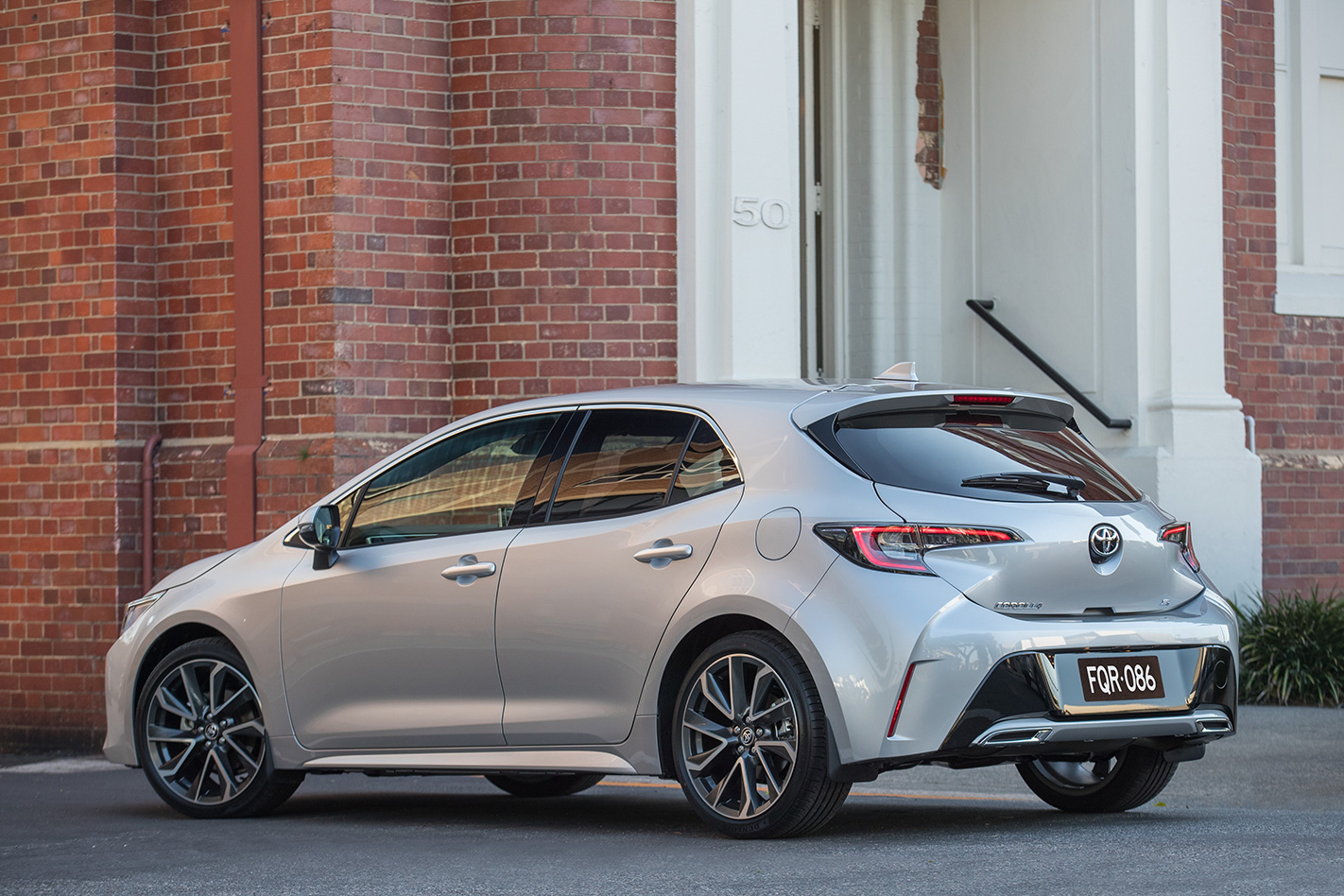
THE WHEELS REVIEW
FEW CARS are as important as the Toyota Corolla. More than 40 million have been sold worldwide since the first generation made its debut back in 1966, with Aussies buying a hefty 1.4 million of that total. Its demure image belies its significance to the bottom line of the world’s largest car manufacturer, and if you average out the sales figures a Corolla is sold somewhere in the world roughly every 30 seconds.
The history of the Corolla in this country is almost unique. Australia is one of few markets to have enjoyed every generation of Toyota’s small car since its debut, and now there’s a new one. Launching locally this week, the twelfth-generation Corolla hatch has a hell of a job on its hands.
For one, it needs to rectify the issues of its predecessor – a car that was competent in almost every objective regard, but far from segment-leading. The Corolla, content to merely follow the market for generation after generation, now needs to take the initiative. The days of Toyota resting regally on its laurels are well and truly over, and its long-term survival depends on a change in strategy.
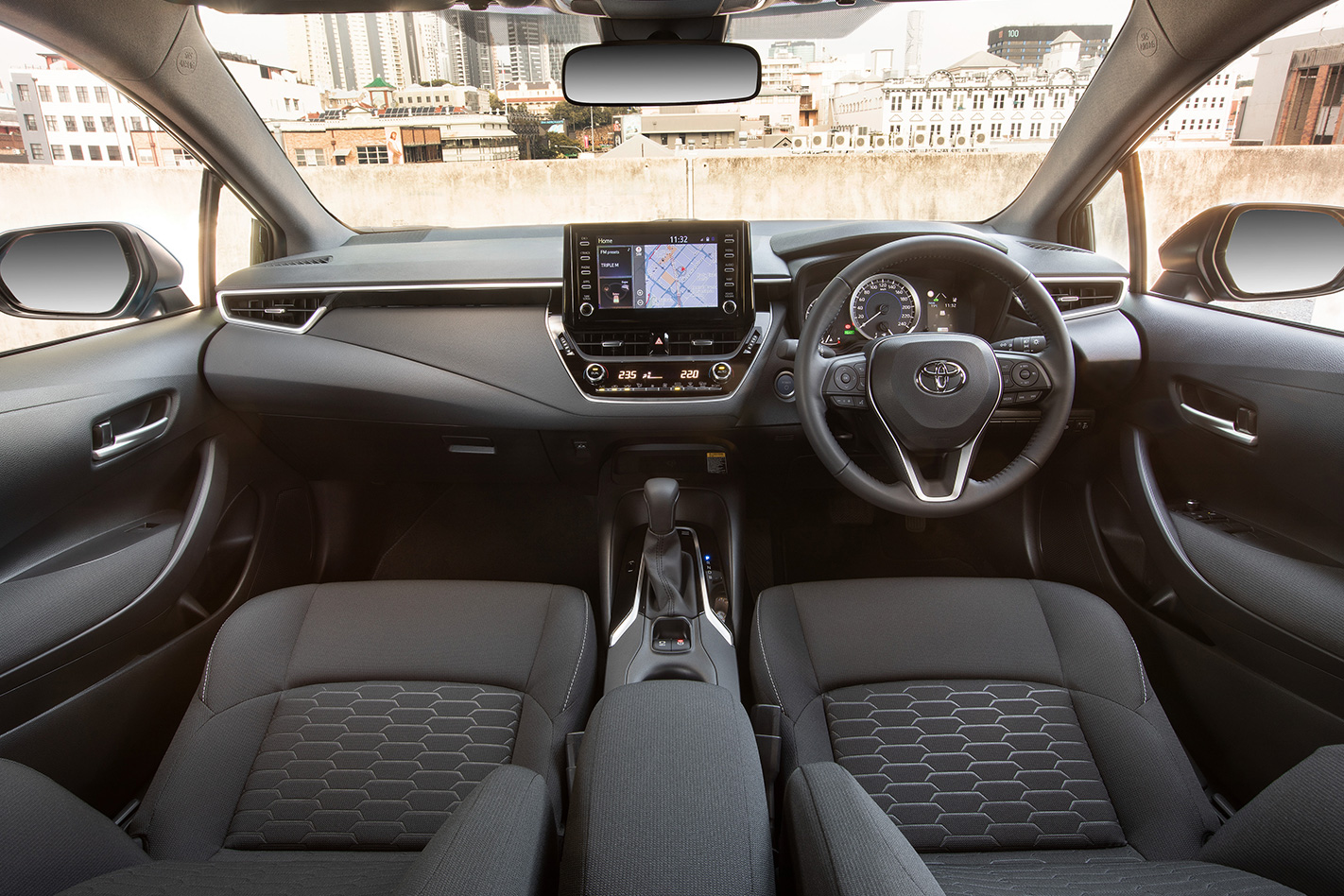
Longer, wider and with a chopped height compared to before, the new Corolla adopts a sportier posture over its four wheels – 16-inchers on the base Ascent Sport and SX, 18-inch on the range-topping ZR. A trimmed front overhang, lengthened rear overhang and 40mm longer wheelbase also contribute to its improved stance.
Underpinnning it all is Toyota’s TNGA scalable platform – specifically the GA-C derivative that’s designed to form the foundations for Toyota’s transverse-engined C-segment product portfolio. We’re already familiar with it via the C-HR and new-gen Prius, and it’s proven itself as a capable chassis in both. As far as foundations go, the GA-C architecture is rock-solid: it brings a 60 percent improvement in body rigidity and also unlocks a proper multi-link rear suspension for the humble Corolla, both key hints that Toyota wants to imbue its small hatch with a considerably greater amount of sporting zeal.

The base Ascent Sport (that’s right, there’s no more boggo Ascent grade) comes with a six-speed manual with downshift rev-matching, but for the rest of the three-model range a CVT is the default gearbox, no matter whether your choose petrol or hybrid power. Mercifully, Toyota is conscious of the CVT’s, erm, reputation for sluggish response and rubber-band shift feel, and has engineered a solution in the form of a torque-converter enhanced CVT with a mechanical ‘launch gear’. Only available with the 2.0-litre engine, the idea here is to sharpen up that initial take-off from standstill, while also giving a more urgent response to sudden demands for acceleration. It’s no gimmick either – it works a treat.
So literally right from the get-go, the tone for Toyota’s new Corolla is set. More alert and responsive, more finely honed as a driving experience, it’s totally at odds with the anodyne character of the previous generation.
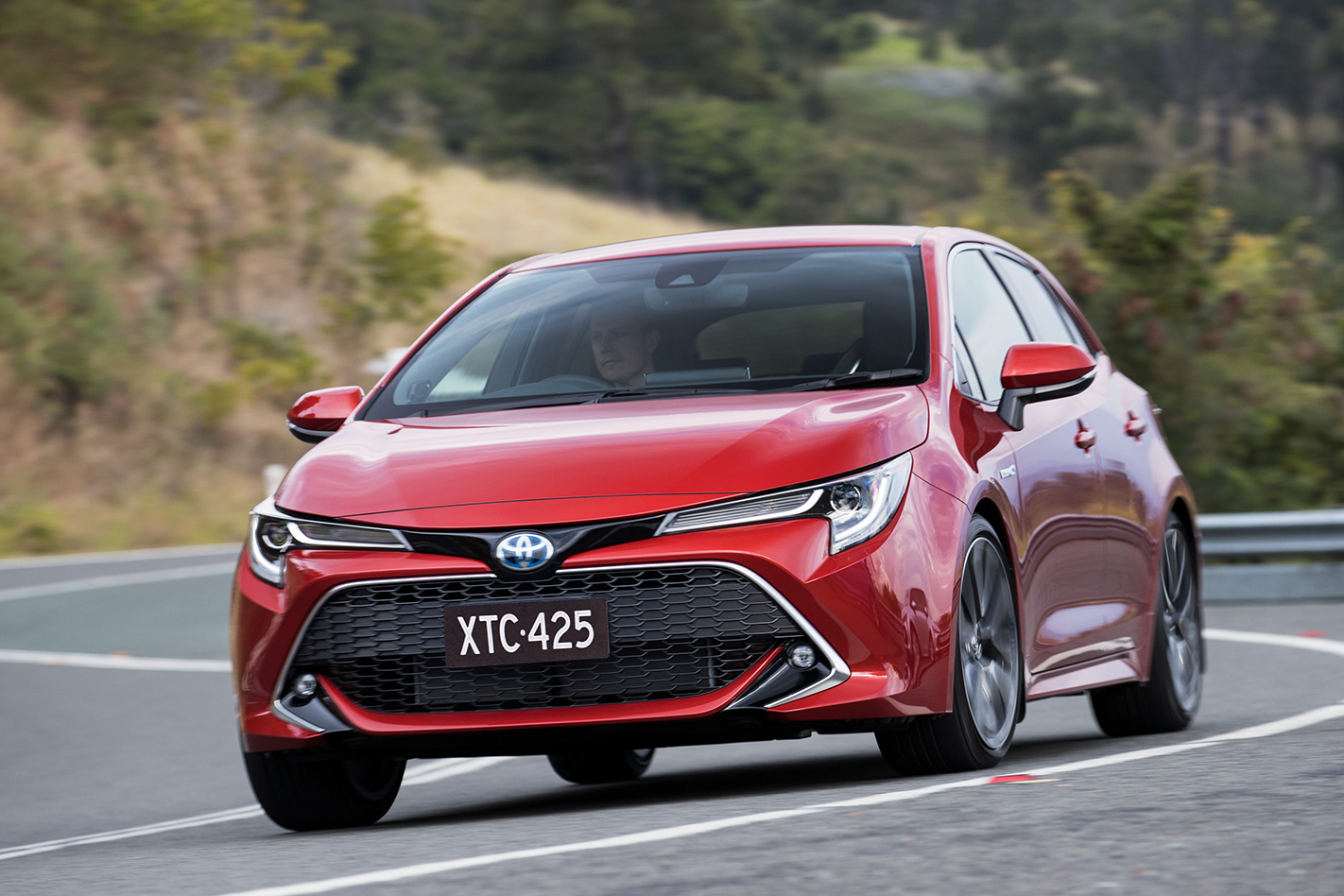
As for the chassis, it’s easily one of the best to sit beneath a Corolla. The front end remains a MacPherson strut design but with brand new geometry, spring rates and damper rates, with the electric power steering hardware also coming in for revisions to boost feel and responsiveness. The rear multi-link suspension is a massive advantage over the old car’s torsion beam rear (the outgoing Corolla hybrid used a double-wishbone rear end that’s different from the new car), offering better comfort and handling.
The suspension’s tune matches Australian roads perfectly, delivering outstanding pliancy over rough ground and keen cornering when faced with a winding road, with the standard-issue brake torque vectoring helping to enhance performance on the latter. If we had to ballpark its on-road behaviour, the new Corolla neatly occupies the middle ground between the sharp Mazda 3 and the cushy Volkswagen Golf.
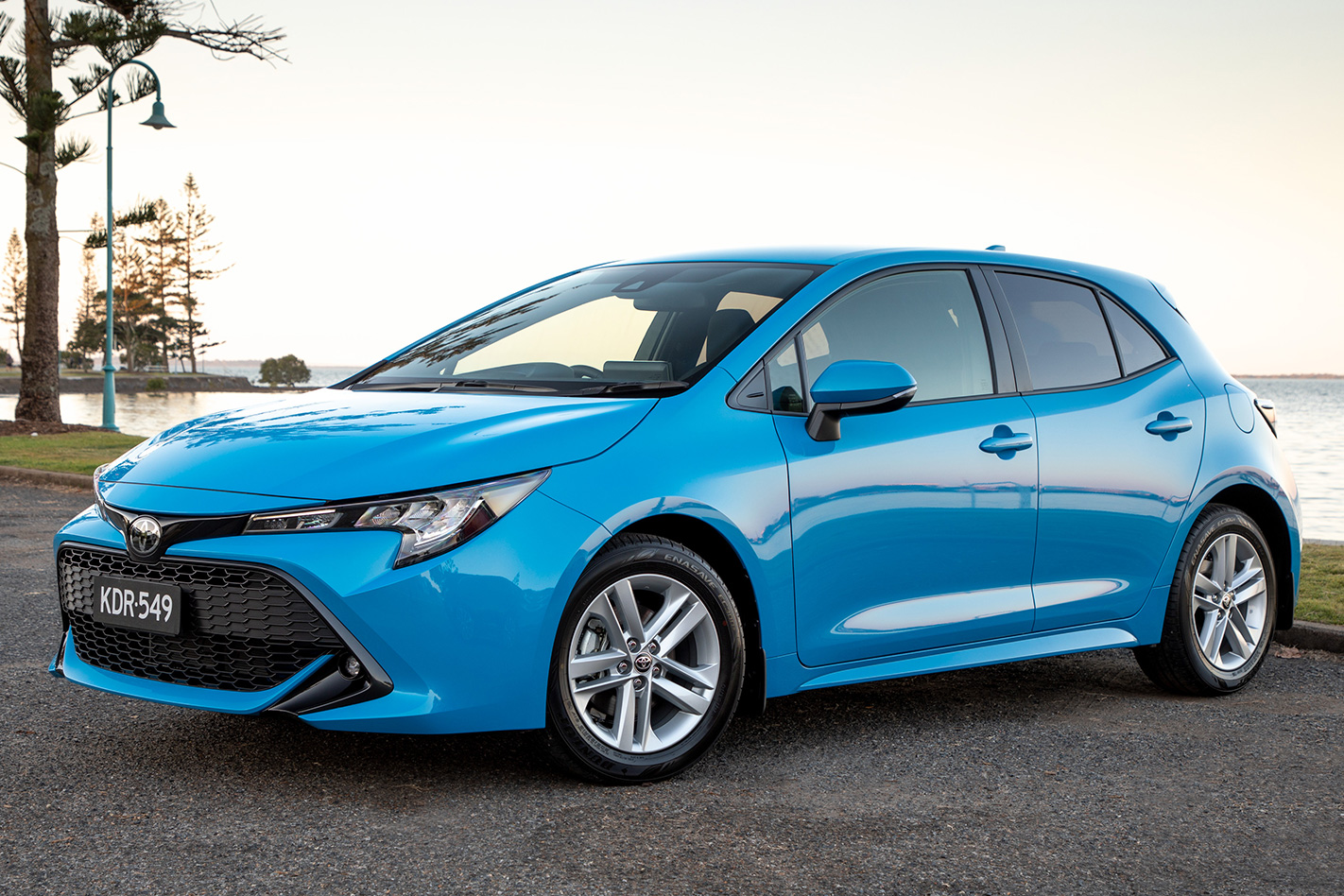
The interior, however, returns a mixed report card. The design of it is attractive – especially so in the ZR grade with real(!) contrast-stitching on the soft-touch dashboard, more plush plastics throughout, and racy-looking and body-hugging sports seats – and the infotainment package is more easy to navigate and faster to respond than the woeful headunit of the old car. There’s also cool stuff like wireless phone charging in the SX and ZR, a head-up display and electronic instrument panel in the ZR, and climate control and keyless entry in every variant bar non-hybrid Ascent Sports.
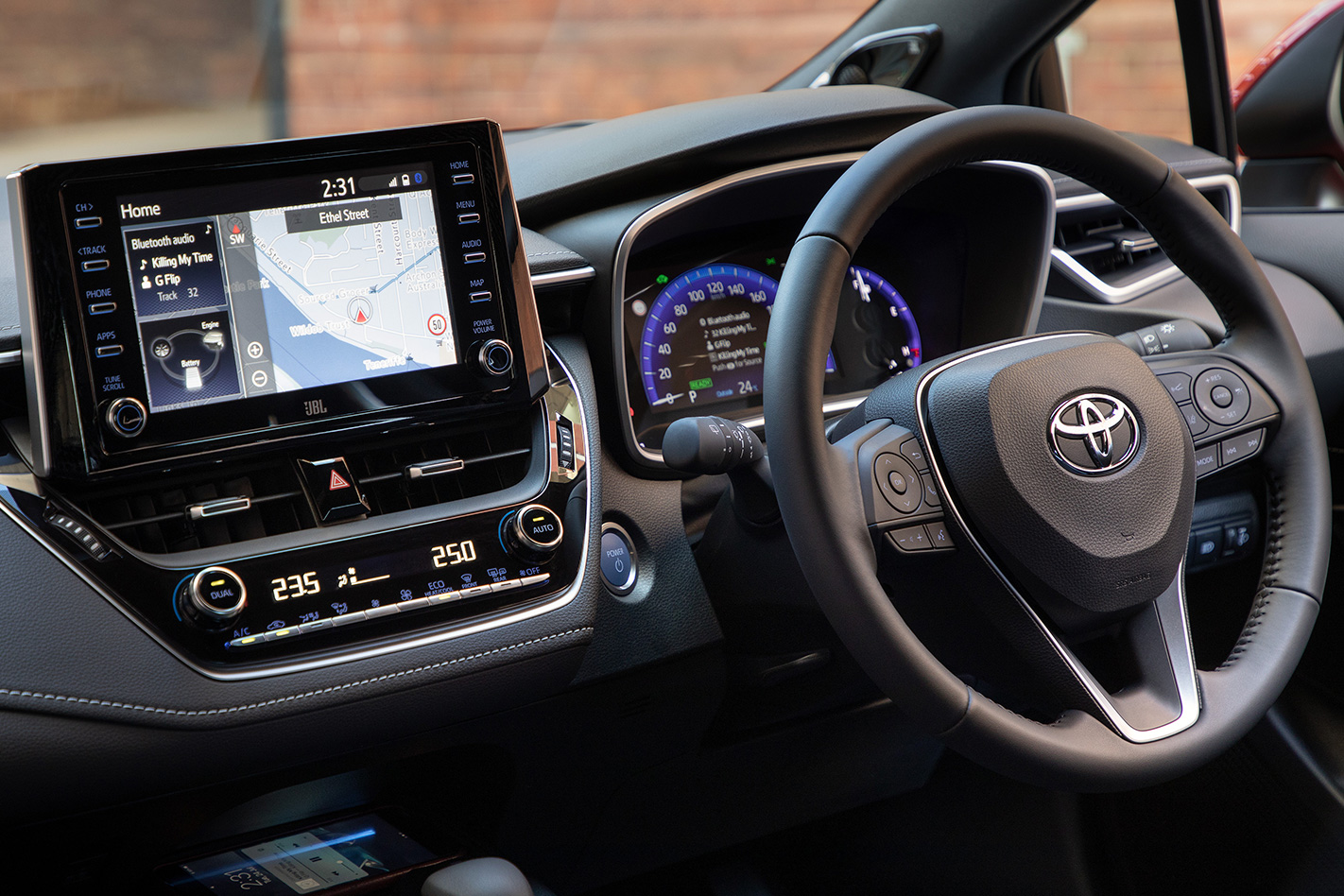
But the absence of satellite navigation in the Ascent Sport stings a little given its $22,870 price point (it’s available as a $1000 option), and there’s no Android Auto or Apple CarPlay smartphone mirroring available to get around that shortfall. Furthermore, while Toyota’s infotainment package may be dramatically improved, it still lags behind market leaders like the Golf.
Comfort and space is great in the front seats, but the story gets worse as you move behind the B-pillar. Despite a 40mm wheelbase stretch there’s a shortage of leg and headroom, and the scalloped-out headlining and plunging lines of the rear door aperture give the back seat a claustrophobic feel that’s not too dissimilar to the outgoing Mercedes-Benz A-Class. And while the ZR grade boasts a pair of rear seat air vents, they’re absent in Ascent Sport and SX.

But those complaints pale in comparison to our issues with the Corolla’s boot space. The ZR hybrid, thanks to its tyre inflation kit, gets a 333 litre seats-up boot capacity that’s already around 20L under what most rivals offer, but the cargo volume of every other variant is slashed to a mere 217L thanks to the need to package a spare wheel beneath the boot floor (full-size for petrols, space-saver for Ascent Sport and SX hybrids).
And that’s a shame, because those practical considerations rub some of the sheen off the 12th-gen Corolla’s otherwise outstanding handling, ride comfort and drivetrain proficiency, and robbed it of some of its versatility. The deletion of the Ascent grade also sees the price of entry rise up, but Toyota isn’t especially concerned – according to the company, most buyers of the old Corolla were driving off with an Ascent Sport grade anyway.
Will the more compact internal dimensions hobble the new Corolla’s appeal? We’ll put the range through a more thorough wringer soon to find out.
SPECS
Model: Toyota Corolla SX 2.0L CVT Engine: 1987cc, 4cyl, dohc, 16v Max Power: 125kW @ 6600rpm Max Torque: 200Nm @ 4400 to 4800rpm Transmission: CVT Weight: 1360kg 0-100km/h: 9.0 sec (estimated) Fuel economy: 6.0L/100km Price: $26,870 On sale: Now
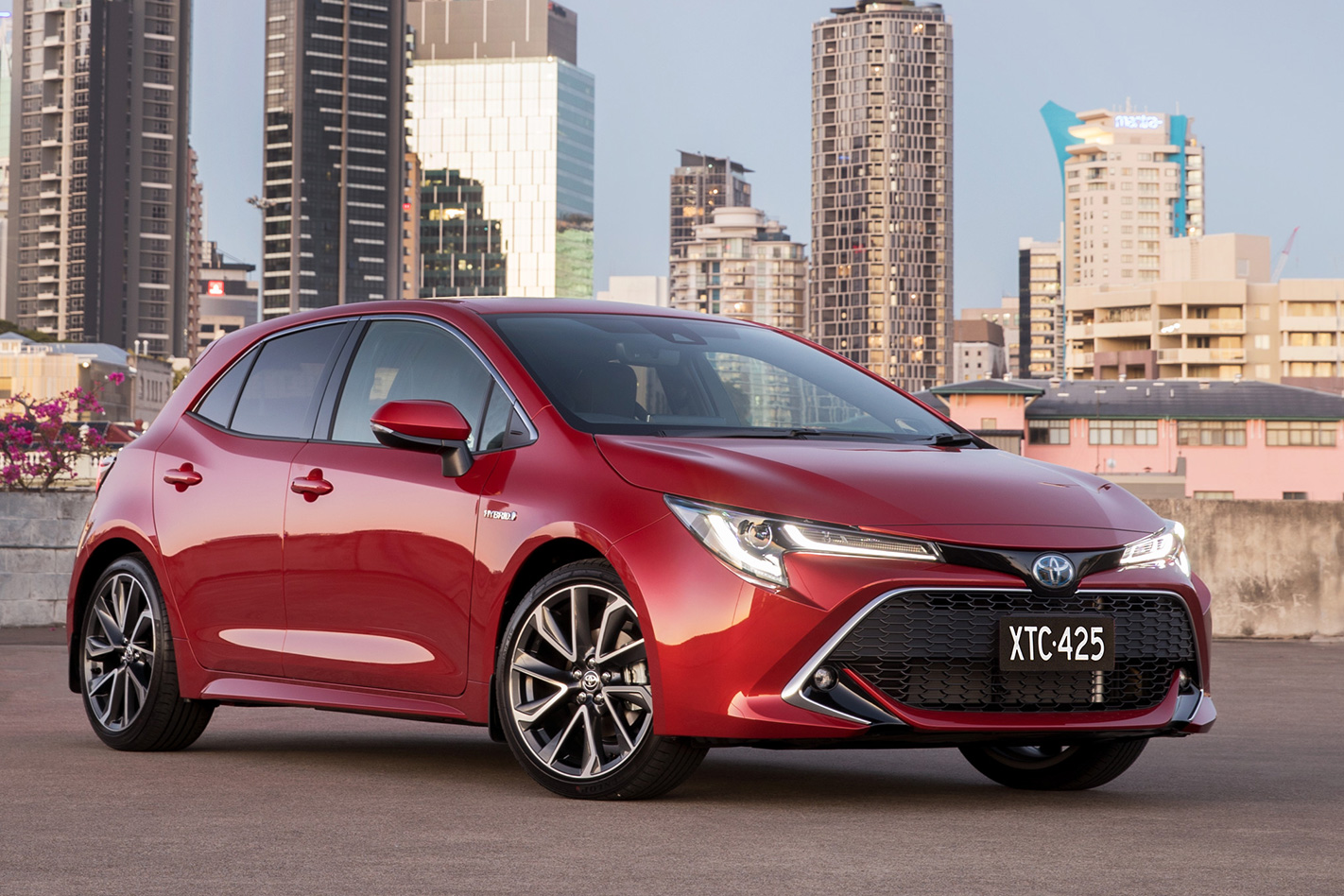
MORE: Toyota Corolla Range Review MORE: Toyota Corolla Specs, Range & Price

